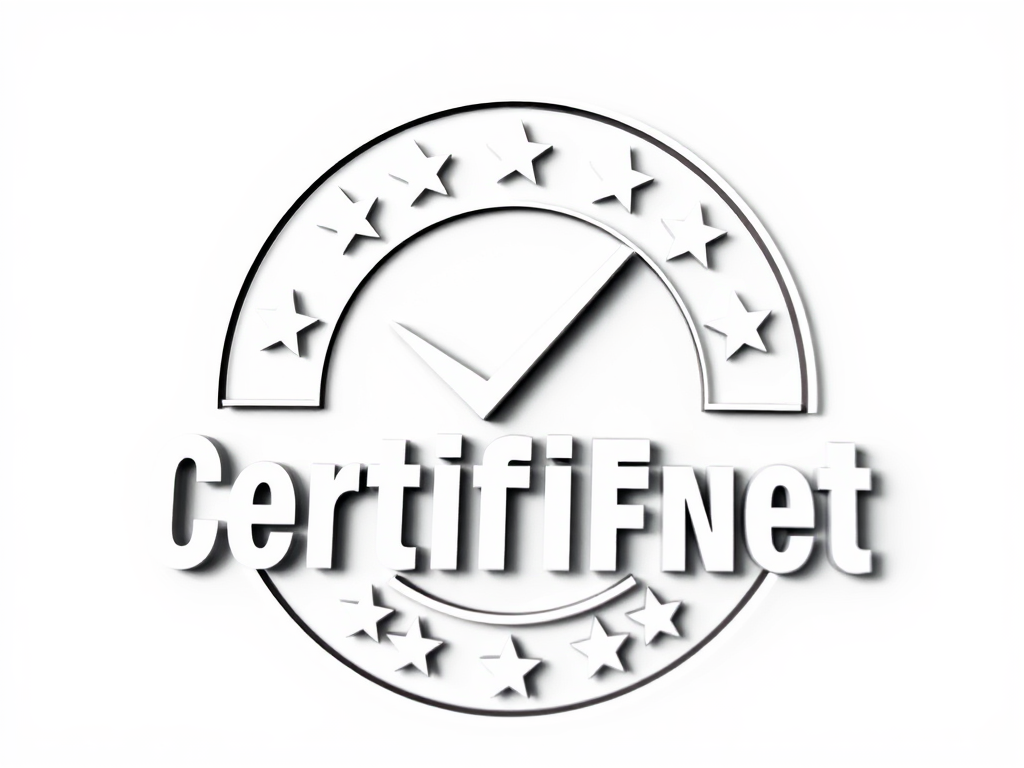Product Lifecycle Management (PLM) software transforms how businesses handle product data, streamline workflows, and align teams from conception to retirement. By centralizing information and improving collaboration, PLM solutions reduce errors, speed up time to market, and boost innovation—key drivers for sustainable growth in competitive markets. Exploring the right PLM tool can unlock efficiency and agility across industries, turning complex product management into a strategic advantage.
The Strategic Role of Product Lifecycle Management Software in Business Growth
How Product Lifecycle Management Software Accelerates Business Growth hinges on its ability to centralize product data. This streamlines decision-making, fosters innovation, and promotes collaboration across departments. By unifying data, PLM solutions enable teams to reduce time-to-market, cut costs, and improve product quality.
Have you seen this : How is the UK enhancing cybersecurity with high-tech solutions?
Effective PLM tools facilitate workflow automation — automating revisions, change orders, and compliance tasks — leading to a more agile development process. They also support configuration management practices, ensuring consistency across multiple product variants.
Selecting purpose-built software that aligns with specific industry needs is vital. For instance, aerospace and automotive sectors require robust traceability and compliance features. Modern solutions—these days often cloud-based—enhance scalability and real-time data access, empowering companies to adapt swiftly and innovate continuously. You can visit the link for more information.
In parallel : Enhancing cybersecurity through effective product lifecycle management
Core Features and Technologies of PLM Software
Centralized Product Data Management and Integration
A robust PLM tools overview begins with centralized product data management, essential for consolidating product records across manufacturing, engineering, and supply chain systems. Effective product data management integration supports seamless collaboration by bridging CAD, ERP, and CRM platforms, reducing duplication and ensuring information consistency. Cloud-based PLM solutions play a pivotal role, enabling remote access and scalability to accommodate business growth. Organizations often evaluate open source lifecycle management options to balance flexibility with control when customizing integrations and processes.
Workflow Automation and Lifecycle Stages
Workflow automation in product development underlines the greatest benefits of lifecycle software. Automated processes—such as bill of materials management, change order tracking, and documentation—streamline progress through every phase, from concept to end-of-life. Lifecycle stages in manufacturing, including ideation, prototyping, market launch, and product retirement, depend on consistent configuration management practices and version control in product design to uphold quality and compliance. Advanced platforms integrate AI, IoT, and digital twins, providing real-time insights and predictive analytics to refine each lifecycle stage.
Collaboration and Communication Features
Collaboration features for engineering teams transform cross-departmental initiatives, equipping users with lifecycle dashboards and reporting tools to track developments in real time. These functions enhance cross-departmental communication, driving efficient decision-making and rapid issue resolution. Secure portals foster collaboration between suppliers and manufacturers, while mobile access and customization options support user-specific workflows—an increasingly vital aspect in today’s distributed and dynamic work environments.
Benefits and Industry Applications of Product Lifecycle Management Software
Accelerating Product Development and Reducing Cost
Lifecycle software shortens the product lifecycle duration by automating workflow automation in product development and integrating real-time data analytics in lifecycle software. Typical implementations reduce project timelines by up to 25%. In aerospace, automotive, and retail, automated compliance and product compliance and regulatory management help minimize errors, cut waste, and streamline efforts. Major organizations benefit from robust configuration management practices and version control in product design, leading to marked reductions in development costs and expensive rework. Enhanced management of product portfolios efficiently and seamless integration with ERP and CRM systems support cost savings and higher ROI.
Enhancing Innovation and Market Responsiveness
PLM tools overview features give manufacturers a competitive edge. Lifecycle software prioritizes customer feedback integration in product development, leverages agile methodologies combined with lifecycle tools, and increases responsiveness to market changes. Businesses quickly adapt to new regulations and sustainability requirements, while agile multi-site product management supports cross-industry collaboration. Cloud-based PLM solutions help maintain adaptability, enabling business growth through lifecycle optimization and innovation.
Improving Collaboration and Data Traceability
Effective lifecycle software solutions enable secure management of intellectual property and enhance collaboration features for engineering teams. Unified product data management integration delivers traceability throughout the lifecycle stages in manufacturing. Centralizing documentation, managing product release schedules, and standardized workflow automation in product development create robust audit trails essential for quality assurance and regulatory needs, paving the way for informed, confident business decisions.
Selecting and Implementing the Right PLM Solution for Business Needs
Evaluation Criteria for PLM Systems
Choosing the right PLM platform hinges on how well it aligns with essential lifecycle stages in manufacturing and organizational workflow automation in product development. Core functionality—like BOM management, engineering change order management, and robust analytics dashboards—remains vital. Look for PLM tools overview features that prioritize usability, customization and configurability, and real-time data analytics in lifecycle software to ensure seamless collaboration features for engineering teams and integration with ERP and CRM systems. Considering industry-specific lifecycle management solutions and flexible lifecycle software licensing models is also key.
Overcoming Challenges in PLM Adoption
Common challenges in implementing PLM systems include resistance to workflow changes and integrating lifecycle software for SMEs with established processes. Change management strategies in PLM adoption should prioritize training and support for lifecycle software users, executive buy-in, and a phased implementation roadmap. Prioritizing ensuring data security and intellectual property protection, configuration management practices, and system interoperability in lifecycle tools will reduce friction and safeguard innovation across lifecycle stages in manufacturing.
Future Trends and Innovations in PLM Software
The next wave of PLM tools overview brings AI and machine learning in product lifecycle management, digital twin concept in product lifecycle, and greater role of cloud computing in lifecycle solutions. Cloud-based PLM solutions and mobile access to lifecycle management platforms empower cross-departmental communication and lifecycle-driven product innovation. Expect further developments in lifecycle dashboards and reporting tools, which foster sustainable, agile methodologies combined with lifecycle tools to accelerate business growth through lifecycle optimization.




